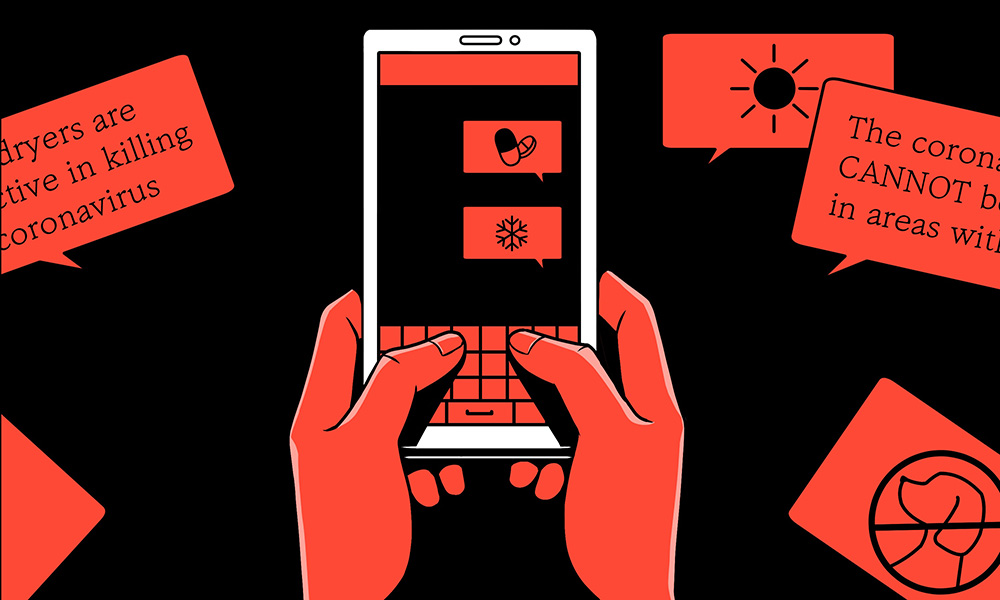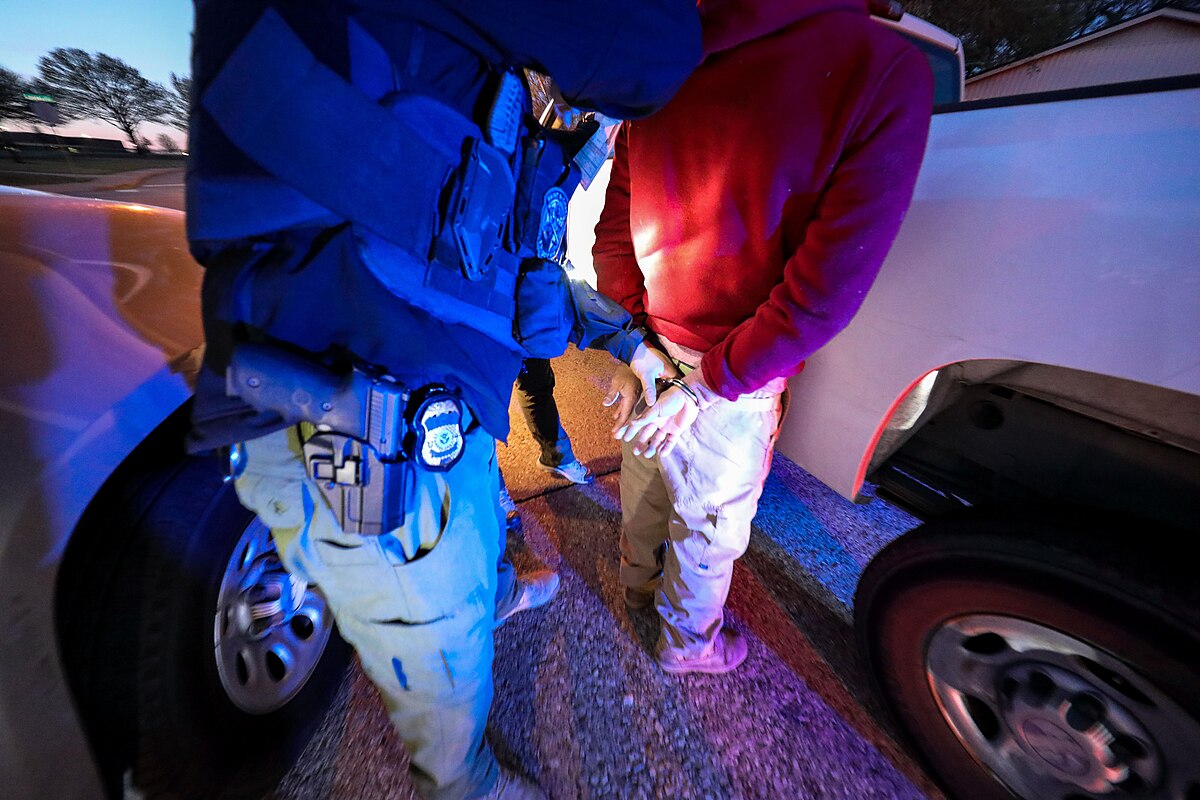Since the 2020 presidential elections, the issue of producing and distributing false information aimed at Latino or Hispanic voters residing in the United States has increasingly become a source of concern for US researchers, activists and legislators. As we have
pointed out earlier, researches shows that the Latino public, compared to the general population in the United States, demonstrates a greater tendency to consume and share fake news online. In part, this is explained by the fact that they spend more time on platforms such YouTube, WhatsApp, Instagram, and Telegram. Another worrying factor of misinformation is the production of false information about Covid-19 and vaccines.
A publication in “
The New Yorker” presented some research sources and that disinformation campaigns about the pandemic also serve unevenly the Latino population in the United States. After all, “the Hispanic community in the United States has become the perfect victim of disinformation”.
According to Nielsen, Latinos are 57% more likely to seek primary information about the coronavirus pandemic on social media than other groups.
Latinos were found to be among the group of people most insecure about vaccination against Covid-19 at the end of 2020. The publication reports that researchers from First Draft, an organization that specializes in identifying and tracking fake news, “monitored unverified Facebook pages and groups, Twitter and Instagram posts, and Spanish-language discourse on social-media accounts, including on messaging platforms such as Telegram”, to discover, mainly, the reasons for the uncertainty of this population regarding vaccines.
“Their report, which was released in early December of last year (2021), warns that a history of discrimination and medical racism, and a lack of access to health care, may have created ‘a foundation of doubt and mistrust that allows misinformation about Covid-19 vaccines to flourish on social media’. By that time, though, the national vaccine-hesitancy gap had almost disappeared, according to a Kaiser Family Foundation poll, with fifty-eight per cent of white people and fifty-six per cent of Latinx people having received at least one shot. In fact, in fourteen states and the District of Columbia, the vaccination rate was lower among the white population. (Latinx patients, however, were still dying at a higher rate.) And, according to an earlier K.F.F. poll, unvaccinated Latinx people were not primarily discouraged by lies or scaremongering about the vaccines but by concerns that registering for one could lead to immigration-status problems, or that possible side effects of the shot might cause missed days of work—and pay”.
The publication mentions that misinformation, according to analysts, is the main reason why the Latino population is a group resistant to being vaccinated.
“In a national poll by Voto Latino published in April, 2021, slightly more than half of all unvaccinated Latinx people believed that the vaccine was unsafe; that figure rose to sixty-seven per cent among those who primarily spoke Spanish. (Thirty-eight per cent of respondents declared that they were vaccinated; at that point, between twelve million and fifteen million Latinx people were unvaccinated nationwide, according to the study.) Almost eighty per cent of all respondents (vaccinated and not) thought that covid-19 misinformation was a serious or somewhat serious problem”.
Another organization, Salud America!, concluded months later that misinformation is one of the main reasons why 60% of the Latino population remained unvaccinated in the city of San Antonio, Texas.
Also according to the article, Univision, the largest Spanish-language television network in the United States, has found ways to help Latinos identify fake news. “Last year, the network launched a special section, Crónicas de la desinformación (Disinformation Chronicles), to educate the Latinx community on how misinformation spreads”.
According to “The New Yorker”, “Jaime Longoria, who now works for the Disinfo Defense League, a network that fights disinformation targeting people of color, was one of the authors of the First Draft report, and he said that misinformation campaigns were also traced to groups such as Médicos por la Verdad (Doctors for Truth) and Coalición Mundial Salud y Vida (Health and Life World Coalition), which promoted the use of hydroxychloroquine, chlorine dioxide, or other substances as a cure for covid-19”. As per the report, Spanish-language misinformation about the Covid-19 vaccine thrives on social media feeds, WhatsApp messages, and church (virtual) halls. Religious leaders, say First Draft researchers “have ‘played a pivotal role’ in the spread of covid-19 misinformation. This group includes Christian leaders in Latin America and Europe whose videos and posts are widely viewed in some U.S. Latinx communities. […] “Among other things, these leaders have pushed bogus alternative treatments and claimed that the vaccines carry microchips that are inserted in people’s bodies, can change recipients’ DNA, are made from aborted fetuses, or are the work of the Antichrist”.
Other false narratives aimed at Spanish speakers in the country sought to instill a sense of fear among families. The New Yorker shows that posts were found that warned that children positive for Covid-19 would be taken from their parents, something similar to what happened with Trump's immigration policy, which ended up separating thousands of children from their parents or supporters. Another false information would be that the government was trying to sterilize the entire Latino population in the country through vaccines.
The researchers warn that the Latino community and other “minorities” should not be treated as groups at the mercy of any post on social media, and that therefore, need control and intervention “from the outside”. All the constitutive elements of an unequal reality can explain this greater vulnerability to misinformation or fake news.
“The First Draft report notes, in its recommendations, that, “to assure an exchange of reliable information,” platforms “must contend with the challenge of balancing privacy and public interest, especially in communities that rely on closed messaging apps as primary modes of communication”, according the publication.
Another approach is also suggested as per the First Draft report: “The proverbial dinner table is an often-neglected area of inquiry, yet many of the most impactful conversations take place among communities where interpersonal relation is centered”.
“Univision is the most watched Spanish-language network during evening-news hours, and Tamoa Calzadilla says that there has been a steep decrease in Google searches in Spanish for miraculous cures since the station broadcast that those cures were false and dangerous. Maritza Félix, in her cafecitos, invites group members to write comments or questions in the WhatsApp chat, and to send audio messages”. […] “We first offered reliable information; only then, we started a dialogue. A relationship of trust developed, and people started sharing with us what they saw in WhatsApp and TikTok and YouTube. We started inviting doctors, immigration attorneys, and border-issues specialists to discuss what these messages were saying, to explain why they were false”, reported Félix to The New Yorker.
Checking information and identifying fake news are important to any group of people, especially because their lives are affected in a very blunt way depending on the content released. In relation to false narratives and ethnic prejudices, “it’s not that Spanish-speaking Latinx people are the most gullible people in the country but that they are among the wariest”, according to The New Yorker.
 United Nations COVID-19 Response.
United Nations COVID-19 Response.











